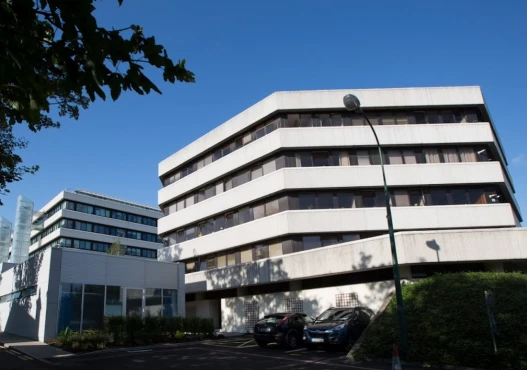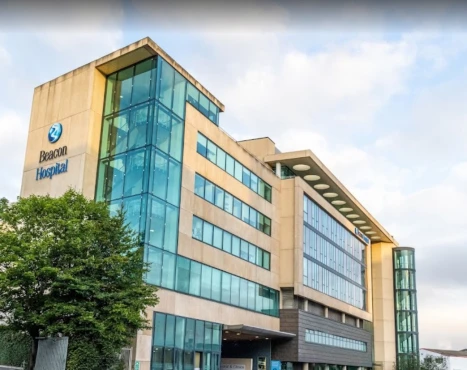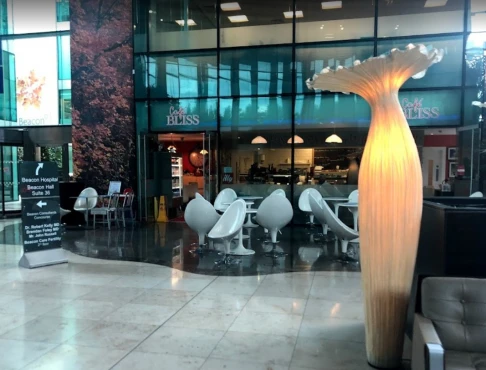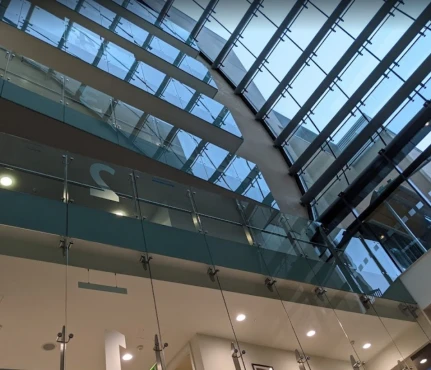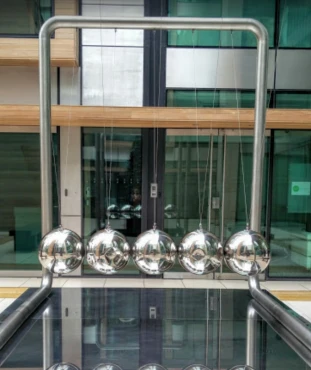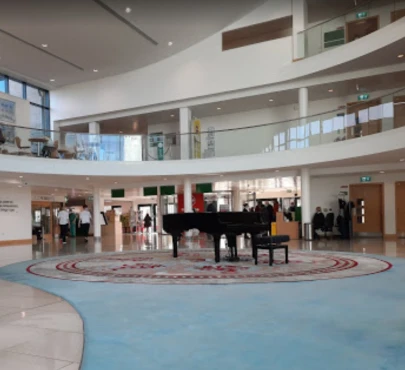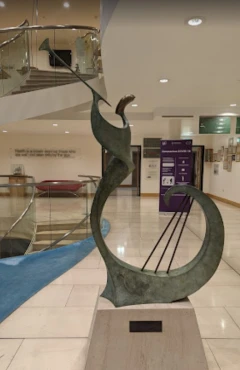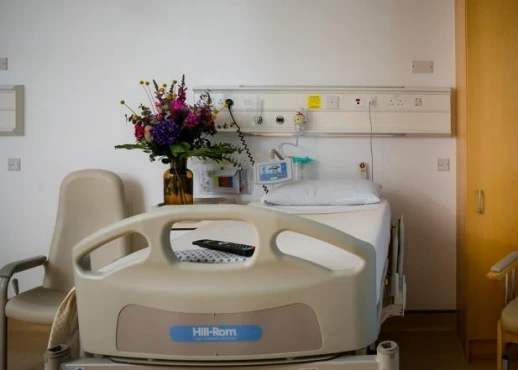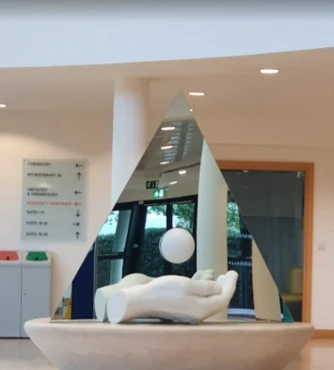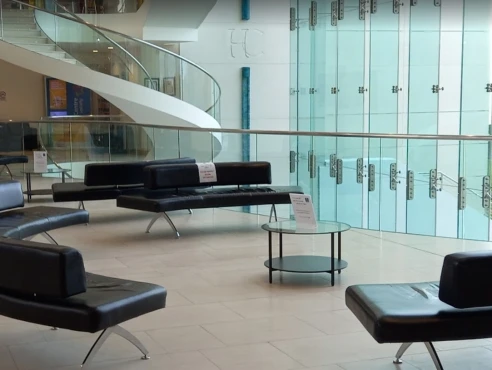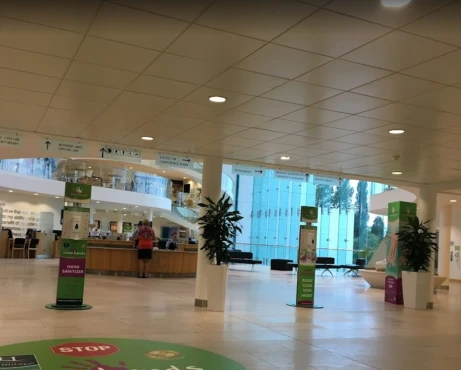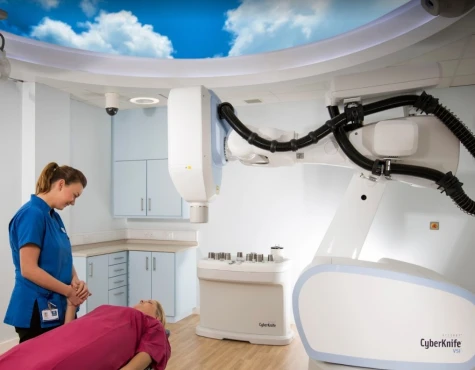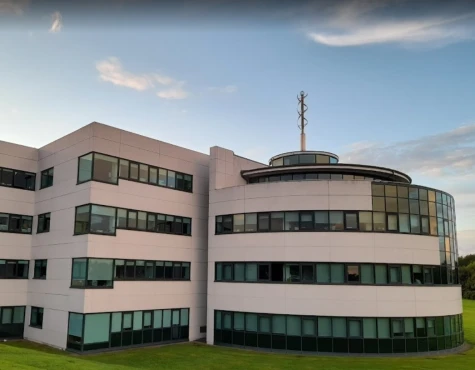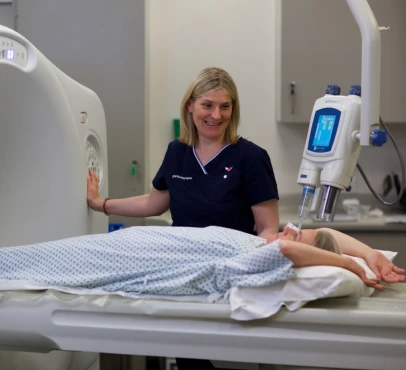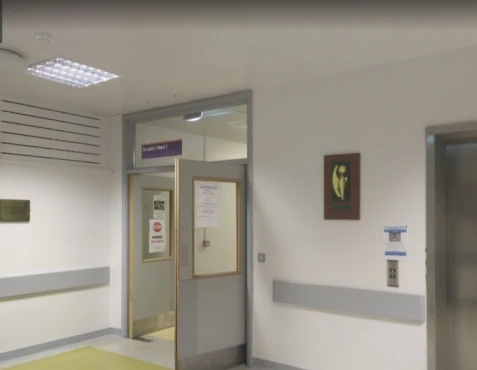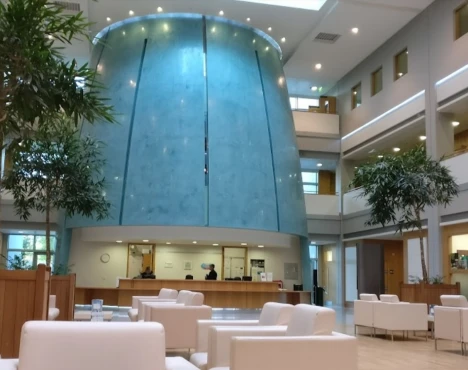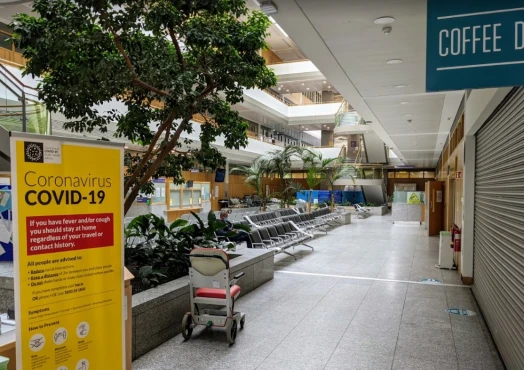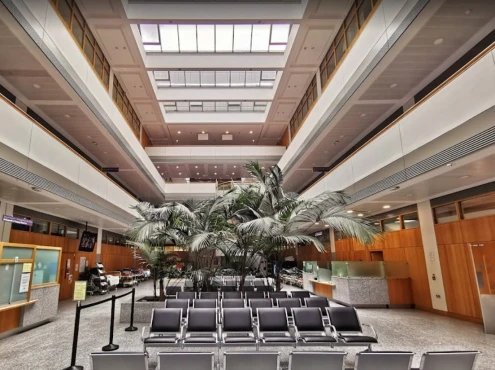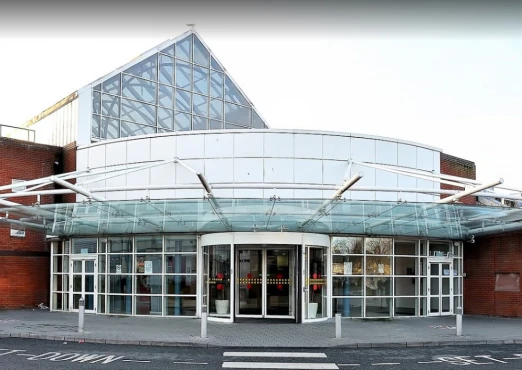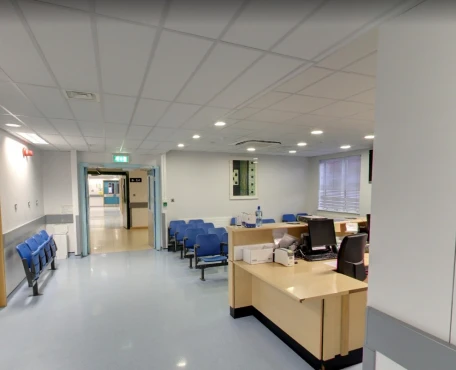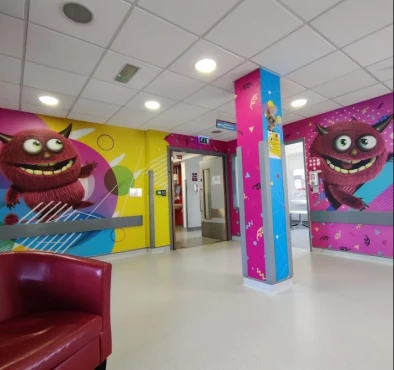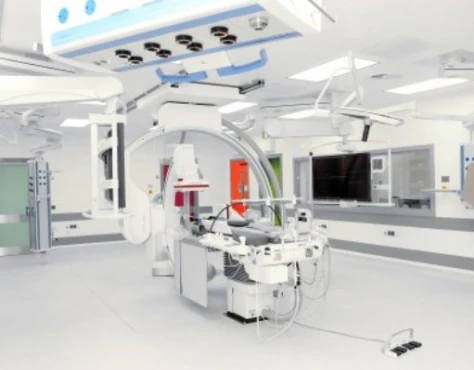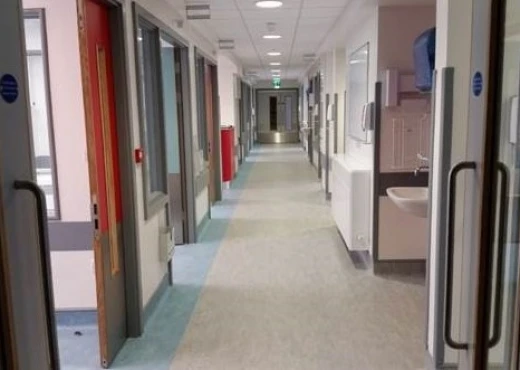Stroke treatment in 1 Neurosurgery and Vascular surgery clinic in Blackrock
1 clinic specializing in Neurosurgery and Vascular surgery providing treatment of
Stroke
Stroke is a medical emergency caused by a sudden interruption of blood flow to the brain. It can lead to neurological deficits, such as paralysis, speech difficulties, and cognitive impairments. Immediate medical attention is crucial to minimize brain damage and improve outcomes.
Read more...
disease in Blackrock.
Besides this clinic there are 7 Neurosurgery, Vascular surgery clinics in Ireland.
Such diseases are treated by Blackrock Health Blackrock Clinic: Atherosclerosis, Brachiocephalic occlusive disease, Brain aneurysm, Brain arteriovenous malformation (AVM), Brain edema, and others.
-
Carotid and intracerebral thrombolysis
≈ $19,084
-
Cerebral angiography
≈ $1,777
-
Carotid angiography
≈ $2,371
-
Decompressive craniectomy
≈ $32,504
-
Carotid endarterectomy (CEA)
≈ $9,228
-
Foam sclerotherapy (Unilateral)
≈ $1,702
-
Peripheral artery angioplasty and stent placement
≈ $10,524
-
Abdominal endovascular aneurysm repair (EVAR)
≈ $35,251
-
Thoracic endovascular aneurysm repair (TEVAR)
≈ $26,350
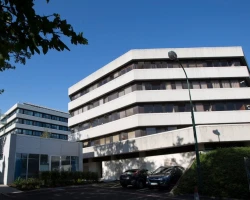
Nearby clinics in Ireland
Perhaps you should consider the following clinics we have found nearby basing on your Location, Disease filters applied.
-
Extra-intracranial arterial bypass (EIAB)
≈ $25,060
-
Intracranial mechanical thrombectomy
≈ $11,331
-
Foam sclerotherapy (Unilateral)
≈ $1,702
-
Peripheral artery angioplasty and stent placement
≈ $10,524
-
Arteriovenous (AV) fistula surgery
≈ $5,057
-
Endovascular thrombectomy
≈ $8,002
-
Varicose veins treatment
≈ $8,125
-
Radiofrequency ablation (RFA) for varicose veins (Unilateral)
≈ $3,208
-
Endovenous laser ablation (EVLA) for varicose vein (Unilateral)
≈ $4,832
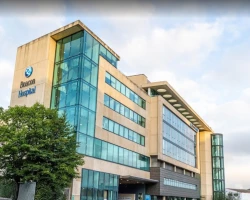
-
Carotid and intracerebral thrombolysis
≈ $19,084
-
Decompressive craniectomy
≈ $32,504
-
Carotid endarterectomy (CEA)
≈ $9,228
-
Foam sclerotherapy (Unilateral)
≈ $1,702
-
Abdominal endovascular aneurysm repair (EVAR)
≈ $35,251
-
Thoracic endovascular aneurysm repair (TEVAR)
≈ $26,350
-
Arteriovenous (AV) fistula surgery
≈ $5,057
-
Endovascular thrombectomy
≈ $8,002
-
Carotid angioplasty and stenting
≈ $13,011

-
Carotid and intracerebral thrombolysis
≈ $19,084
-
Cerebral angiography
≈ $1,777
-
Carotid angiography
≈ $2,371
-
Extra-intracranial arterial bypass (EIAB)
≈ $25,060
-
Intracranial mechanical thrombectomy
≈ $11,331
-
Decompressive craniectomy
≈ $32,504
-
Facial nerve repair
≈ $2,844
-
Carotid endarterectomy (CEA)
≈ $9,228
-
Foam sclerotherapy (Unilateral)
≈ $1,702
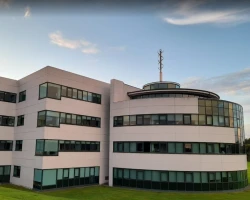
-
Carotid and intracerebral thrombolysis
≈ $19,084
-
Cerebral angiography
≈ $1,777
-
Carotid angiography
≈ $2,371
-
Facial nerve repair
≈ $2,844
-
Carotid endarterectomy (CEA)
≈ $9,228
-
Foam sclerotherapy (Unilateral)
≈ $1,702
-
Arteriovenous (AV) fistula surgery
≈ $5,057
-
Endovascular thrombectomy
≈ $8,002
-
Carotid angioplasty and stenting
≈ $13,011
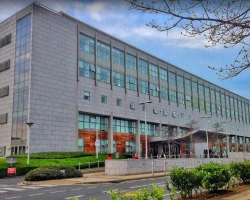
-
Extra-intracranial arterial bypass (EIAB)
≈ $25,060
-
Intracranial mechanical thrombectomy
≈ $11,331
-
Decompressive craniectomy
≈ $32,504
-
Foam sclerotherapy (Unilateral)
≈ $1,702
-
Abdominal endovascular aneurysm repair (EVAR)
≈ $35,251
-
Thoracic endovascular aneurysm repair (TEVAR)
≈ $26,350
-
Arteriovenous (AV) fistula surgery
≈ $5,057
-
Endovascular thrombectomy
≈ $8,002
-
Uterine artery embolization (UAE)
≈ $6,098
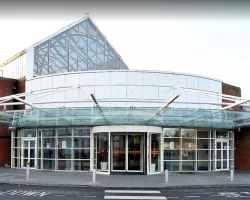
-
Abdominal endovascular aneurysm repair (EVAR)
≈ $35,251
-
Thoracic endovascular aneurysm repair (TEVAR)
≈ $26,350
-
Surgical neurolysis
≈ $3,048
-
Epidural block
≈ $952
-
Aortography
≈ $3,292
-
Bentall surgery
≈ $53,347
-
Aortic arch replacement
≈ $26,431
-
Complex aortic surgery
≈ $106,704
-
Thoracic aortic aneurysm surgery
≈ $41,379
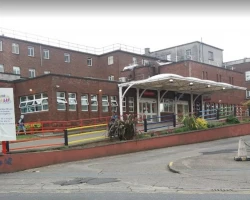
Countries with the highest number of clinics treating the diseases:
Stroke:
Related procedures:
Quick navigation
- Aortoiliac allografting ≈ $26,675
- Bilateral varicose veins surgery ≈ $4,313
- Carotid and intracerebral thrombolysis ≈ $19,226
- Carotid angioplasty and stenting ≈ $13,107
- Carotid endarterectomy (CEA) ≈ $9,297
- Craniofacial surgery ≈ $11,404
- Elevation of depressed skull fracture ≈ $9,520
- Endoscopic vein harvesting (EVH) for coronary artery bypass graft surgery (CABG) ≈ $703
- Endovascular thrombectomy ≈ $8,062
- Femoral-popliteal bypass graft surgery ≈ $14,685
- Internal or external carotid artery embolization by request
- Ommaya reservoir placement ≈ $6,125
- Renal artery bypass surgery by request
- Traumatic cerebrospinal fluid leaks surgical repair ≈ $5,491
- Unilateral varicose veins surgery ≈ $4,120
- Varicose veins treatment ≈ $8,186
- Venaseal glue therapy of varicose vein (Unilateral) ≈ $5,805
- Acute limb ischemia
- Aortoiliac occlusive disease (AIOD)
- Arterial embolism
- Arteriovenous malformations (AVMs)
- Astrocytoma
- Back pain
- Benign prostatic hyperplasia (BPH)
- Benign spinal tumor
- Brachiocephalic occlusive disease
- Cancer pain
- Carotid artery disease
- Carotid body paraganglioma
- Catheter thrombosis
- Cerebral hemorrhage
- Chronic kidney disease
- Chronic limb ischemia
- Chronic pain
- Chronic thromboembolic pulmonary hypertension
- Complex regional pain syndrome (CRPS)
- Deep vein thrombosis (DVT)
